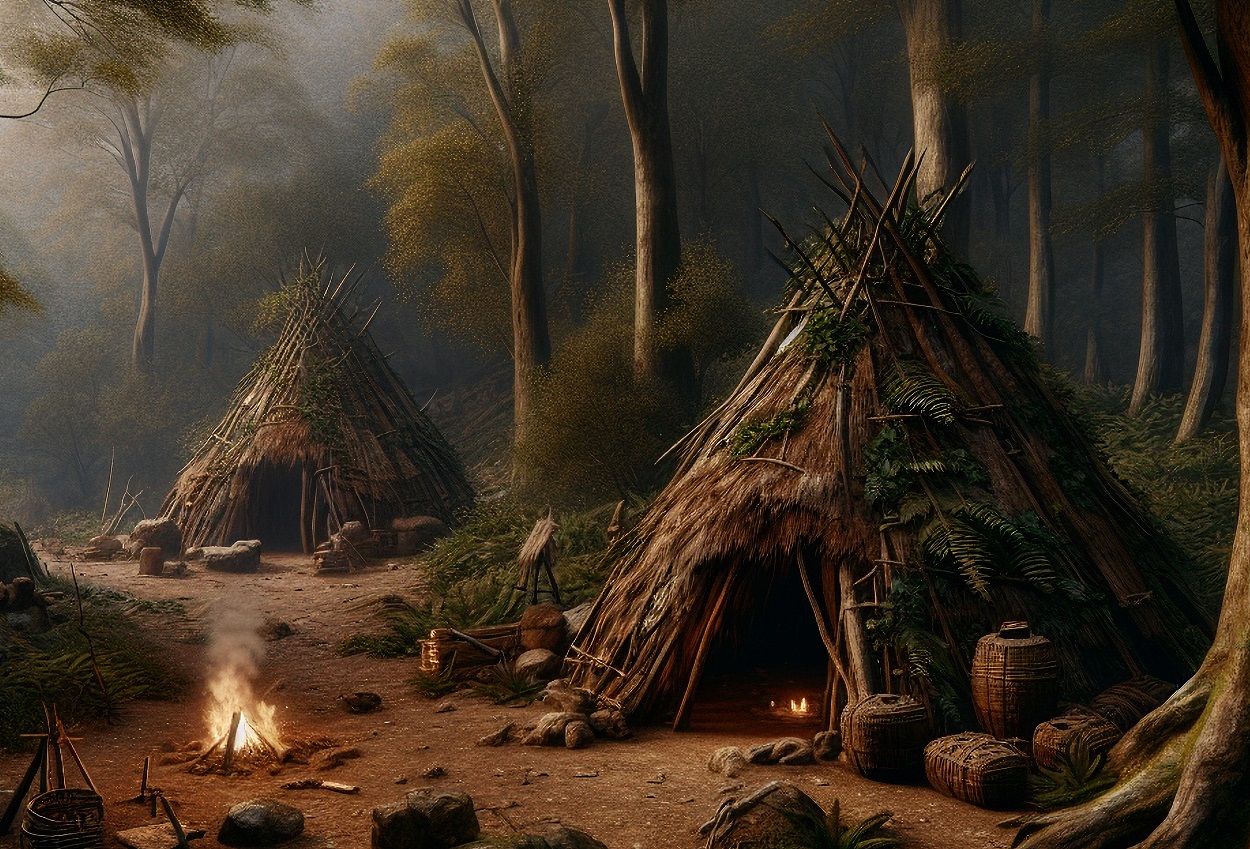A recent study by archaeologists from the University of York and the University of Newcastle has revealed new insights into the domestic activities of the Mesolithic inhabitants of Star Carr.
Star Carr is one of the most significant and informative Mesolithic sites in Europe, which during prehistoric times was situated near the outflow at the western end of a palaeolake known as Lake Flixton.
Today, Star Carr lies at the eastern end of the Vale of Pickering near Scarborough in North Yorkshire, England.
Using microscopic evidence from the use of stone tools, the researchers found that a range of domestic activities took place in three previously excavated structures. This includes activities related to working with bone, antler, hide, meat, and fish.
The study, published in the journal PLOS One, used a combination of spatial and microwear data to provide different scales of interpretation: from individual tool use to patterns of activity across the three structures.
Dr Jess Bates, from the University of York’s Department of Archaeology said: “We found that there were distinct areas for different types of activity, so the messy activity involving butchery, for example, was done in what appears to be a designated space, and separate to the ‘cleaner’ tasks such as crafting bone and wooden objects, tools or jewellery.
“This was surprising as hunter-gatherers are known for being very mobile, as they would have to travel out to find food, and yet they have a very organised approach to creating not just a house but a sense of home.
“This new work, on these very early forms of houses suggests, that these dwellings didn’t just serve a practical purpose in the sense of having a shelter from the elements, but that certain social norms of a home were observed that are not massively dissimilar to how we organise our homes today.”
Header Image Credit : Shutterstock
Sources : Bates J, Milner N, Conneller C, Little A (2024) Spatial organisation within the earliest evidence of post-built structures in Britain. PLoS ONE 19(7): e0306908. https://doi.org/10.1371/journal.pone.0306908







